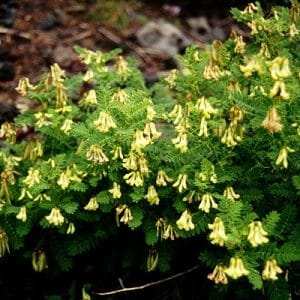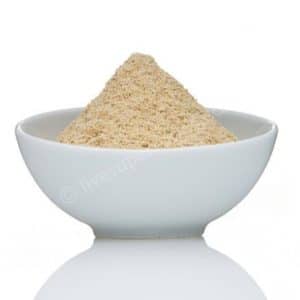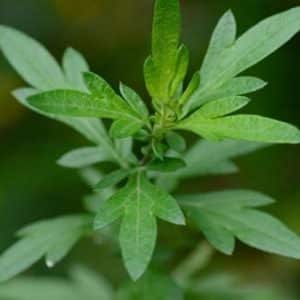$14.36 – $28.71
Considered one of the ‘lost crops of the Andes’, Maca root or lepidium Meyenii is a biennial plant from South America, namely Peru and Bolivia. It is a root vegetable with a leafy herbaceous top, similar to the radish or turnip family, except that it grows at high altitudes of 8,000 to 14,500 feet.
Maca is an important root vegetable in the mustard family. It is one of a very few crops that can be grown in very inhospitable regions and at extremely high altitudes (up to 15,000ft / 4500 meters). The plant is native to the Peruvian Central Andes and even today the best quality and most effective Maca is still cultivated there. Although it can be grown successfully in other climates, the medicinal root of Maca is neither as large or as potent as when grown in the high Andes.
br> Archaeological evidence suggests that domestication of Maca began about 2000 years ago in what is now Junin, central Peru. It is believed that people indigenous to the area began using Maca themselves after they saw the positive effect that it had on their livestock, in terms of energy and especially fertility.
br> The first written references to Maca come from Spanish explorers and conquerors of the 1500s.
>
>
>
>
>
>
>




